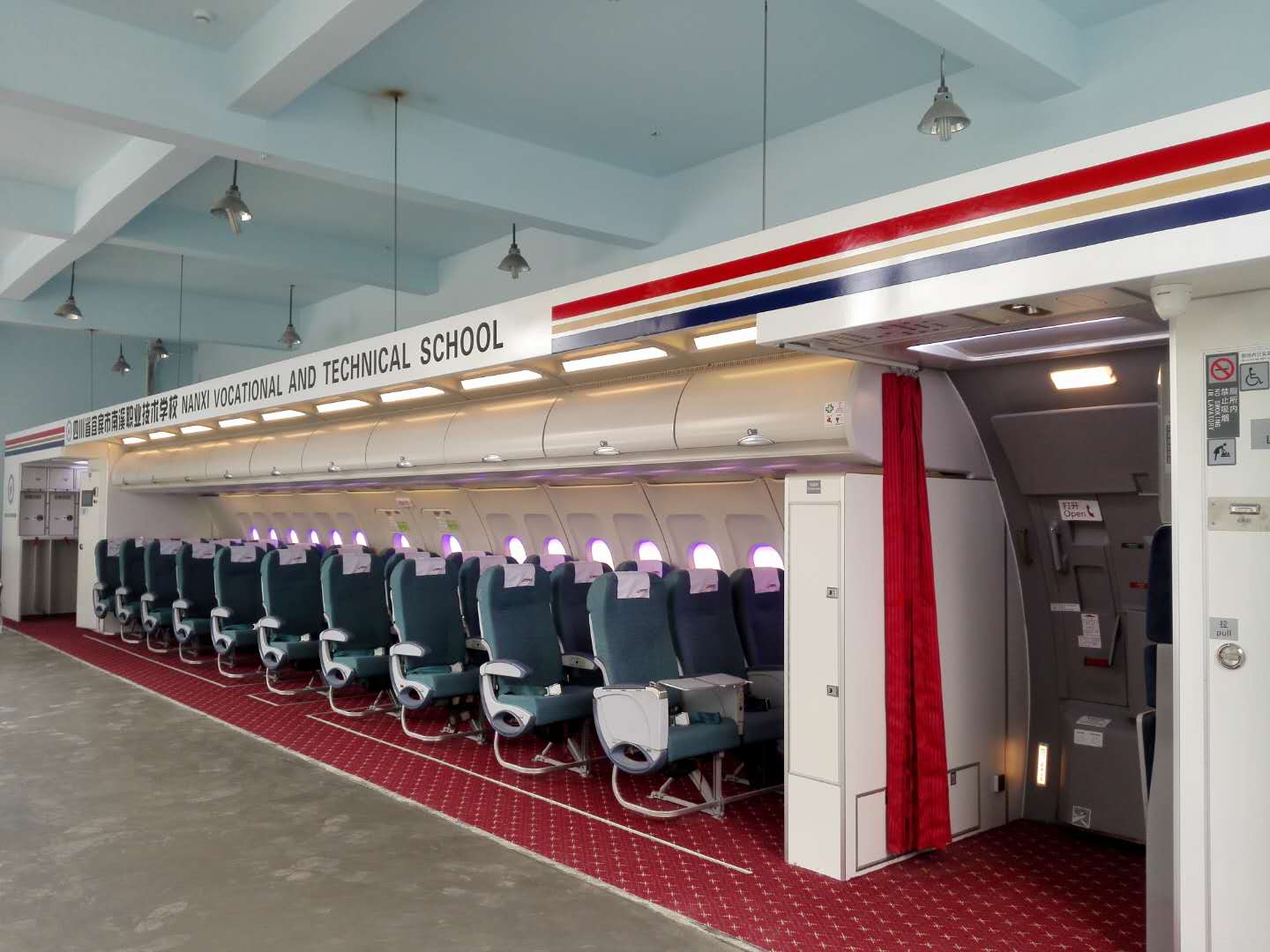The importance of aviation simulation cabin for pilot training
The aviation simulation cabin is a complete set of equipment consisting of a simulated cockpit, computer system, sound system and extravehicular vision system. The aviation simulation cabin can realistically simulate the attitude of the aircraft and the working state of related systems, and is used to train pilots and astronauts. Cockpit The internal dimensions, instrumentation and layout of the aircraft are modeled after a simulated aircraft cockpit.
The instruments, chairs and other components of the aviation simulation cabin are simulators with similar physical objects and equivalent actions on the outside of the aircraft. After the driver's operation information is processed by the computer, it is transmitted to the instruments, driving system, cockpit motion system, sound system and visual system. Unified and coordinated response. The B737 simulation cabin can stimulate the pilot's senses accordingly, resulting in a conscious and unconscious sense of flight compulsion. The command platform outside the cabin is equipped with a command recording device, which can give various "flight" conditions, set up and troubleshoot .
Aviation simulation cabins are widely used in pilot training. There are many kinds of aerospace simulation cabins, and different types of spacecraft and space missions can be equipped with their own simulators. The main training functions of aviation simulation cabins include: cabin equipment theory learning, cabin safety theory learning , etiquette service learning, cabin service simulation training, flight attendant control panel operation training, in-flight broadcast and call service operation training, luggage opening and closing training, cabin service module (PSU) operation training, first class and economy class catering service theory and operation training , Practical operation of various facilities in the toilet (without sewage function), operation and use training of kitchen equipment, passenger call handling training, emergency handling training, boarding door operation training, cabin confidential oxygen mask training, simulated firefighting training, cabin sound Environmental simulation training, outdoor visual environment simulation training, closed-circuit monitoring of the training process and post-class evaluation.


